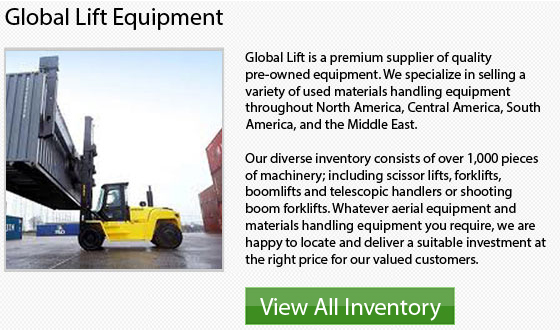
The hydraulic truck crane is a specialized mobile crane which uses hydraulic power to raise and transport thousands of pounds. Hydraulics makes use of forces being transmitted through oil pushing on the pistons of the boom in opposite directions so as to lift thousands of pounds. Hydraulic truck cranes are important in constructing major projects such as bridges, airports, buildings and roads. A crane can accomplish in minutes jobs which would normally take hundreds of men and lots of hours to complete.
The great machines are commonly used in the construction of cities, houses, whole nations and individual buildings throughout the ages. Even Egypt's Great Pyramids were probably constructed with the help of basic cranes to enable the heaviest supplies in one of the most amazing construction projects ever.
The very first cranes were established in 3000 B.C. Egypt in King Ramses' reign. This lifting mechanism was first utilized to collect water. The very first official "cranes" appeared in Ancient Greece. These devices were utilized to create an entire country during the 5th century B.C.
Initially, cranes were first made out of wood. It wasn't until the designers constructing dockyards decided they required something stronger and bigger did these machines evolve. Hick & Rothwell designed the very first cast iron cranes in Bolton, England, during the year 1834. This machinery can lift up to 2 tons. That very same year, wire ropes were added to the crane by Herr Albert Sr. who was an Official of the German Superior Board. The wire rope made the crane stronger and more durable. This addition enabled cranes to have a larger capacity for lifting heavy weights.
Ultimately, the wire ropes were weaved together to be able to form an even more powerful strength. This wire formation also brought the added advantage of flexibility. Germany started to build cast iron cranes 4 years later. The very first cast iron crane made by Germany was built in Neuburg.